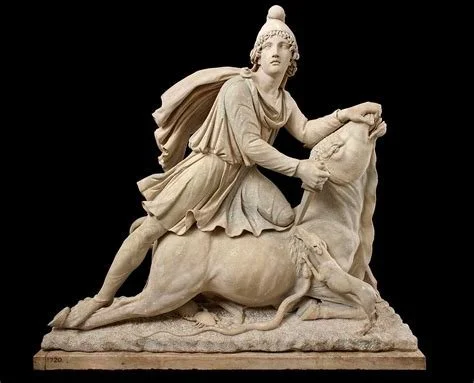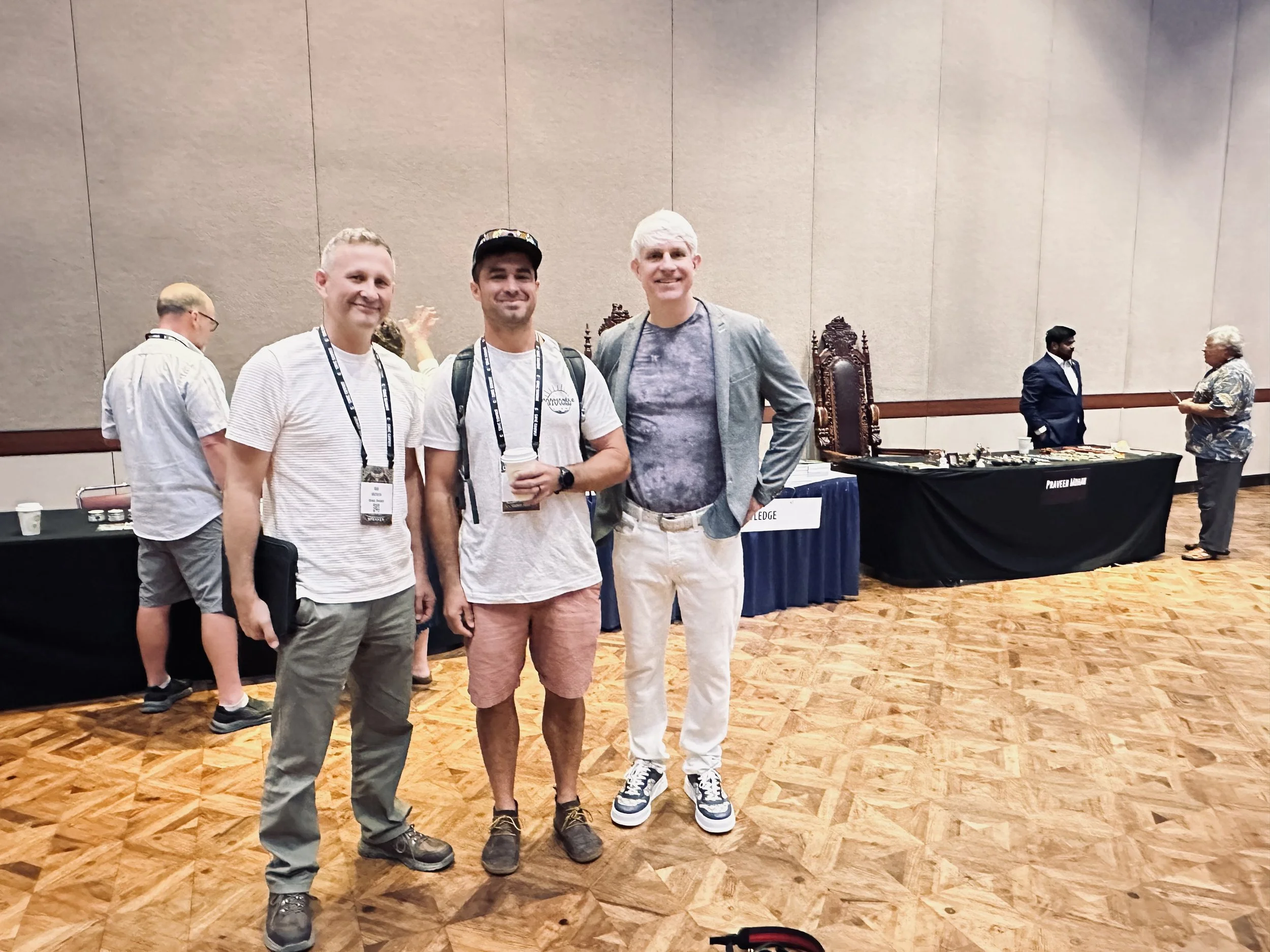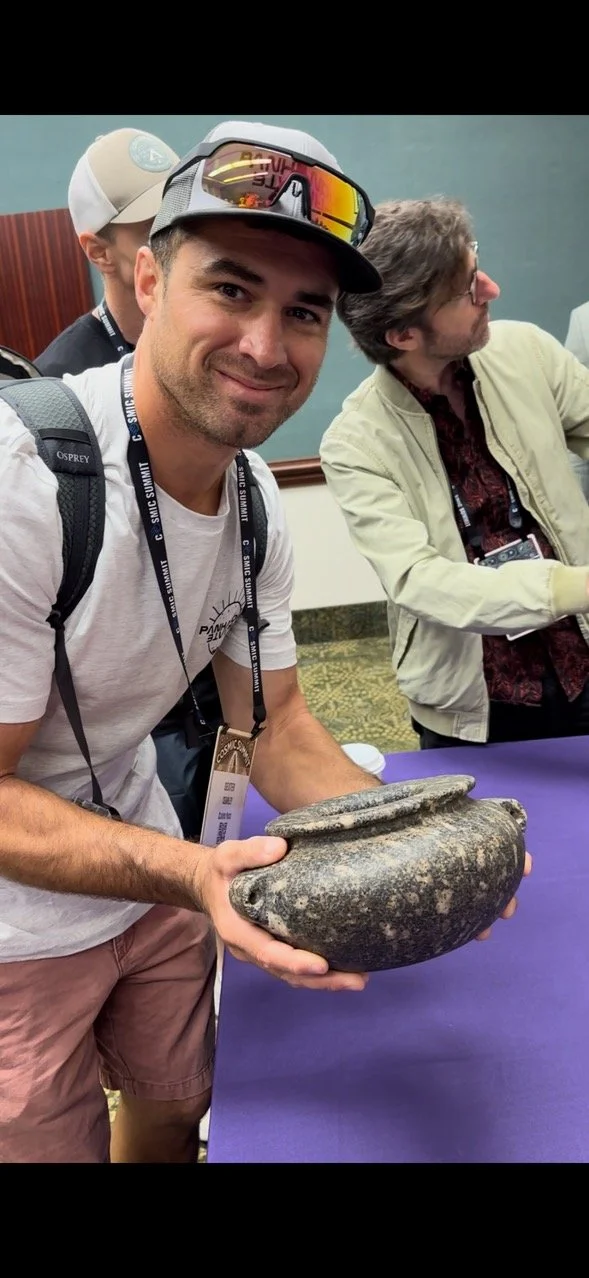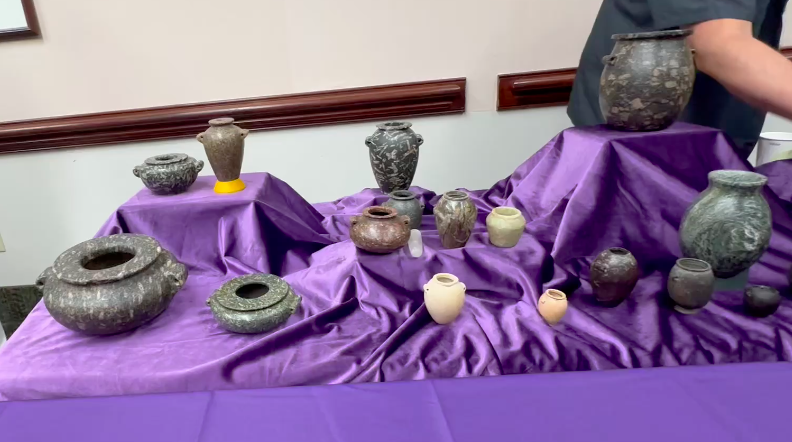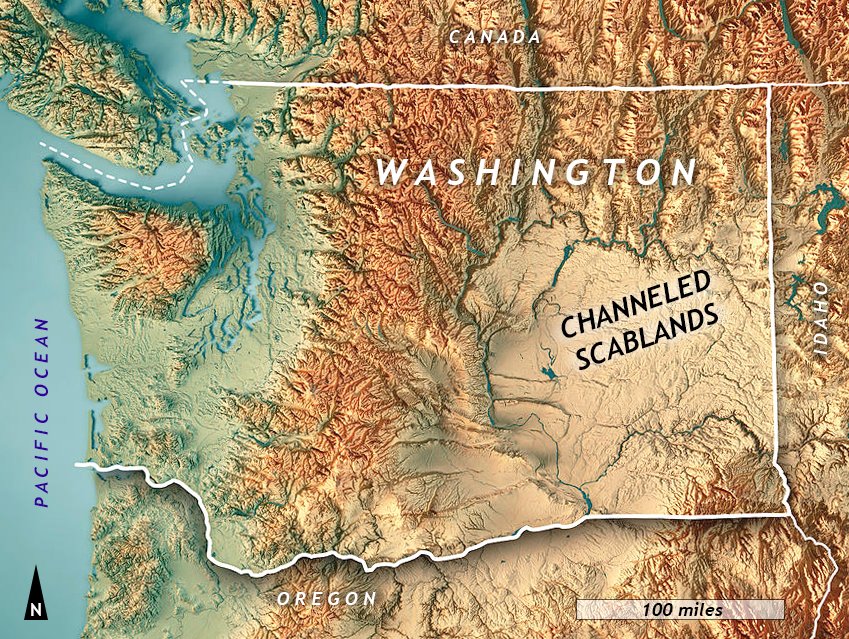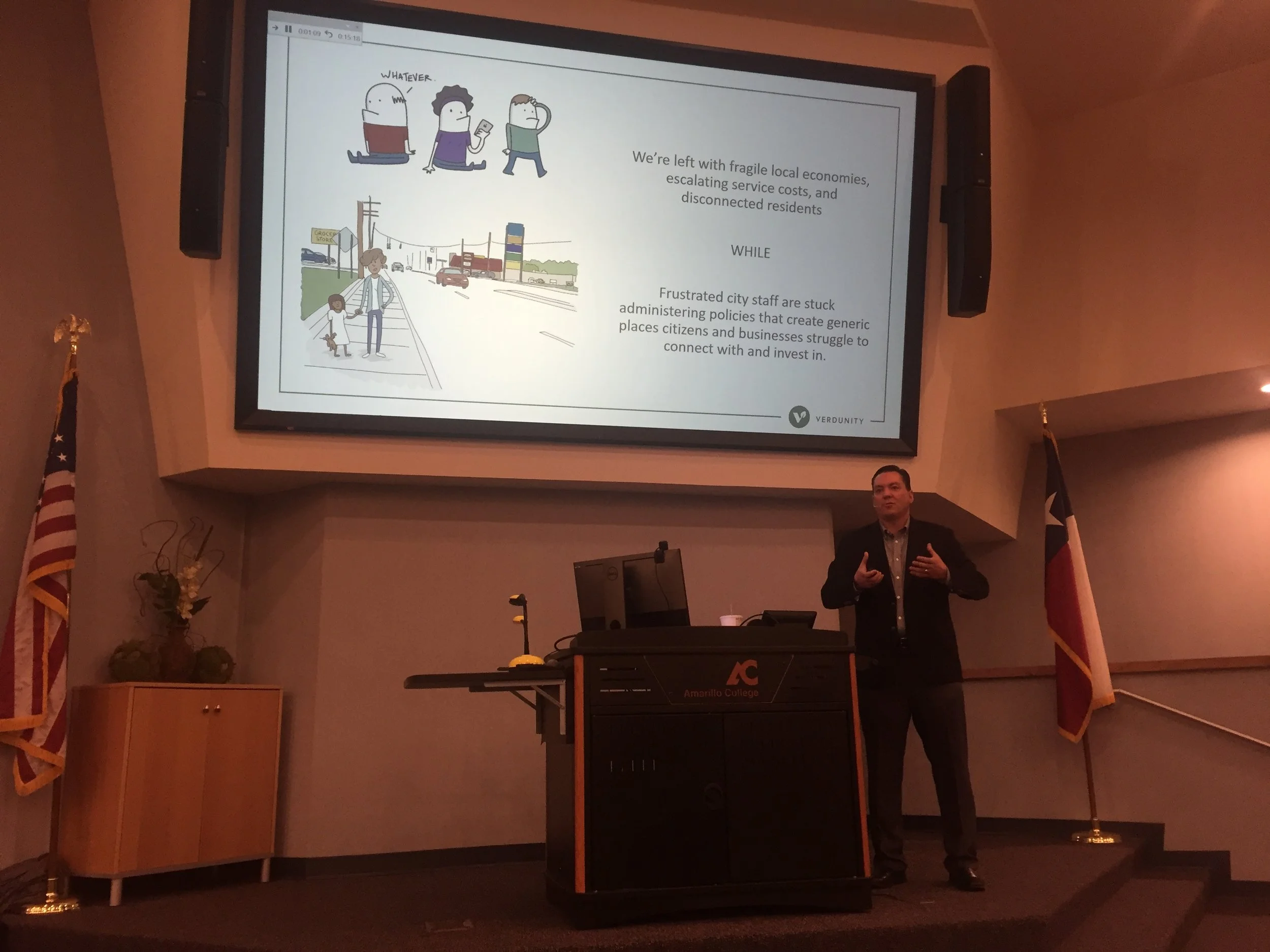My wife thought I was a little crazy when I first told her I wanted to go to The Cosmic Summit 2025. “So you want to go to a Youtube convention..?” I had hesitated asking her but I wanted to go so I braved the beratement that I knew I would receive. She was right to be a little skeptical. The Cosmic Summit is aligned adjacent to the mainstream narrative around History. With presentation titles like “Annihilating Time and Space” and “The Shattered Evidence of a Suppressed history” it is easy to see grounds for skepticism. I was drawn to the conference because of specific presenters, namely Randall Carlson, of Kosmigraphia and JRE fame, Ben Van Kerkwyk from UnchartedX, Matt Beall of The Limitless podcast and possessor of a large collection of ancient stone vases and Bob Greenyer of The Martin-Fleischmann Memorial Project .
My world view has become very nuanced from watching and listening to hours of each of these presenters, amongst many more, and I really wanted the opportunity to shake hands and get some flesh and blood grounding to the presenters. It is very easy to get caught up in narratives and counter narratives, especially when placed in the algorithmic echo chamber of YouTube and various other social medias. Were these people just grifting as my wife believed? Were these people just fame chasing? or is it possible that our history is not as cut and dry as the modern mainstream narrative wants us to believe? I am going to hit the high notes from the conference and highlight some interesting information from the presentations I attended.
Randall Carlson
Randall Carlson
Randall Carlson was my, as many the alternative history community, gateway drug into the mindset of cataclysm, reset and the esoteric nature of symbology and myth.
Randall Carlson on the Joe Rogan Experience
Randall’s presentation highlighted the geological remnants of cataclysmic water flows over the North American continent that were created durning the transition from the Pleistocene to the Holocene between 14,600-11,600YBP. Randall believes that the evidence put forth by The Comet Research Group points towards a cosmic impactor, Comet or Solar outburst.
Image from The Comet Research Group detailing their hypothesis
I got a quick moment to speak to Randall Carlson as he walked towards his room. I did feel bad because I could tell he was on the move trying to head towards bed. Got to give him my thanks for all the work he has put into the world. He is a huge advocate about how we can now, with projects like DART, affect the trajectory of an asteroid there by avoiding the “next” impact. I did take a quick second to ask him if he thought if we could make one not hit Earth, could an ancient actor have caused one TO hit Earth. This was a question directed more towards his symbolic work… slight side note, got to meet Randall’s wife in the food line and very much enjoyed talking to her.
Mithras killing the bull
Ben Van Kerkwyk
Uncharted X
Ben Van Kerkwyk has played an integral role in popularizing the oddities and incongruent nature of mainstream explanations with the ancient evidence that exist. His numerous series on his YouTube Channel UNchartedX have pushed the conversation forward, his series on the precision of the ancient stone vases inspired Matt Beall to spend a small fortune procuring a huge collection of these objects, more on that in a minute. Ben’s presentation centered around The Great Labyrinth of Ancient Egypt.
WIKI definition: The Labyrinth of Egypt was a structure, or temple, built south of Amenemhat III's pyramid at Hawara. Not much is known about its use, but it was probably a multifunctional building—with a palace, town and administrative centre. Its complex layout reminded visitors in classical times of the legendary labyrinth of Minos at Knossos in Crete. The site has garnered interest throughout history, and contemporary excavations have unearthed artifacts from both Amenemhat's reign and the Roman era.
Pyramid of Harawa
Estimated size of the maze
Image from Ben’s cosmic summit presentation
The Pyramid is knows as Amememhat 3’s. Many
Matt Beall
Bob Greenyer, Dexter Cearley, and Matt Beall at the Cosmic summit.
Two of the reasons I went to the Cosmic Summit 2025 are in the picture above. Bob Greenyer, of the Martin Fleischmann Memorial Project, and Matt Beall, CEO of the department store Beall’s, podcaster and possessor of one of the largest privately owned ancient Stone vase collections. I was lucky enough to get to speak to Matt, Matt’s lovely wife, Krystel Beall, and Bob for a little bit during the conference. Matt’s interview of Bob on his podcast The Matt Beall Limitless Podcast in amongst the best resources for an into into LENR(low energy nuclear reactions) or CET(Coherent Energy Transformation) however more on that shortly… Matt Beall presented on the main stage on the research that has been done on his and museum vases that add to the mystery surrounding the vases. As a bonus for the attendees of the conference Matt all allowed complete randos, like me, the opportunity to hold some of these objects.
Dexter holding a priceless artifact.
Various stone vases that Matt brought
The infamous spinner vase
Vase verified to the 1800’s with deep lip. Ben Van Kerkwyk of UnchartedX and Ryan Barthal
The key mysteries of the Vases, as pointed out by Matt, are When? Why? Who? and How? They do know that the vases date back to the at or before the 3rd dynasty 2686-2613BC. This is based off the fact that largest find of these vases were discovered under the pyramid of Djoser, where many discarded remnants cans still be found today.



